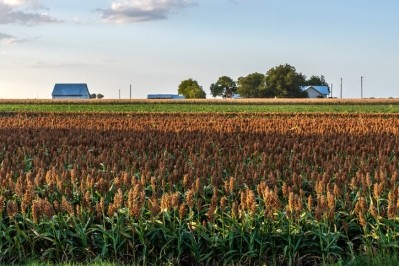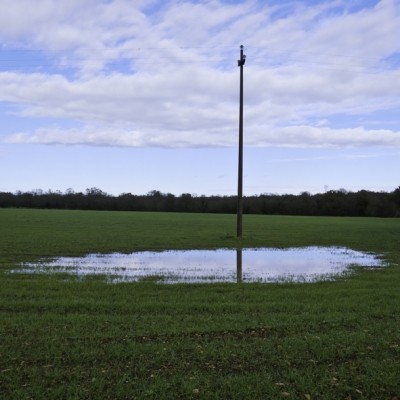US: Feed crop planting delays prompt call for alternative crops

The US Department of Agriculture released details regarding the pace and stage of feed crop production Monday [June 3].
Weather-based delays continue to limit the time producers can spend in in fields and slow the planting of several feed crops including corn and soybeans in parts of the US Corn Belt.
Producer sentiment also is flagging, reported Purdue University and the CME Group in the Ag Economy Barometer. The monthly measure of producer sentiment found that by mid-May overall sentiment fell to 101 based on pessimism in the near term and for future expectations.
Following the planting delays, members of the National Sorghum Producers (NSP) have suggested that sorghum could provide an alternative feed crop as planting deadlines loom or pass. Sorghum can have a later planting date than other feed crops.
There also may be a yield boost for corn or soybeans following a sorghum rotation, said Brent Bean, agronomist with the Sorghum Checkoff.
Global demand for feed grains is anticipated to remain strong, said Tim Lust, NSP CEO.
There also may be “localized demand” for starches if the anticipated, weather-based feed grain shortages occur.
Overall, about two-thirds of the corn crop and less than one-fifth of the expected soybean crop had been planted by the week ending June 2, the USDA said.
Corn production
In total, about 67% of the expected corn crop has been planted, reported the USDA. Last year, at this time, and on average, about 96% of the crop was in the ground.
Across parts of the Corn Belt, states like Illinois, Indiana, Iowa, Minnesota, Nebraska and Ohio all trail where they were at this time last year, and their average rate of planting, the department said. Thus far, Illinois has planted about 45% of its crop, Indiana 31% and Iowa 80% down from 100%, 98% and 99%, respectively, at this time last year.
Other states that have yet to plant half their intended crop of the feed ingredient include Michigan, Ohio and South Dakota. With 97% of its crop in the ground, North Carolina has made the most progress.
Following planting, the emergence of the crop also is lagging behind the pace set in previous years, the department said. About 46% of the crop has sprouted, down from 84% last year.
Soybean progress
Similar to corn, the planting pace of soybeans is behind previous years, the USDA said.
Last year about 86% of the crop had been planted by this stage and on average, about 79% has been, the department said. This year, about 39% of the anticipated crop is in the ground.
States that have a quarter or less of their crop planted include Illinois, Indiana, Missouri, Ohio and South Dakota, the department said. Other Corn Belt states like Iowa, Nebraska and Minnesota have planted 41%, 51% and 64%.
The crop has started to emerge, and so far, about 19% has sprouted – down from the 65% that had by this point last year, the USDA said.
Louisiana at 77% emergence and Mississippi at 64% have seen the most crop development, the department said. South Dakota, with 2% sprouting and Indiana, Ohio and Wisconsin – each with 9% - have seen the least growth so far.
Wheat developments
Spring wheat planting is starting to catch up with the pace set in previous years, the USDA reported. About 93% of the crop has been planted, down slightly from the 96% planted at this point last year and on average.
About 69% of the crop has sprouted, with Washington seeing the largest amount of development, the department said.
Development of the winter wheat crop remains behind the pace of production last year, the USDA said. About 76% of the crop has headed at this point.
However, crop condition continues to be better than previous years, the department said. Last year at this point about 37% of the crop earned a good or excellent rating and this year about 64% of the crop has those scores.
Sorghum production
In the six states responsible for the majority of the sorghum production, the pace of planting also trails previous years, the USDA said.
Last year about 59% of the crop had been planted by this stage, and on average about 53% has, the department said. This year 35% of the crop is in the ground.
Texas is on par with its average pace of planting and has about 85% of the crop in the ground, the department said. However, Kansas and South Dakota both about have about 8% in the ground – down from 34% and 67% last year, respectively.












